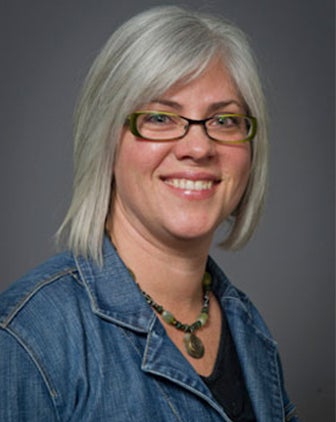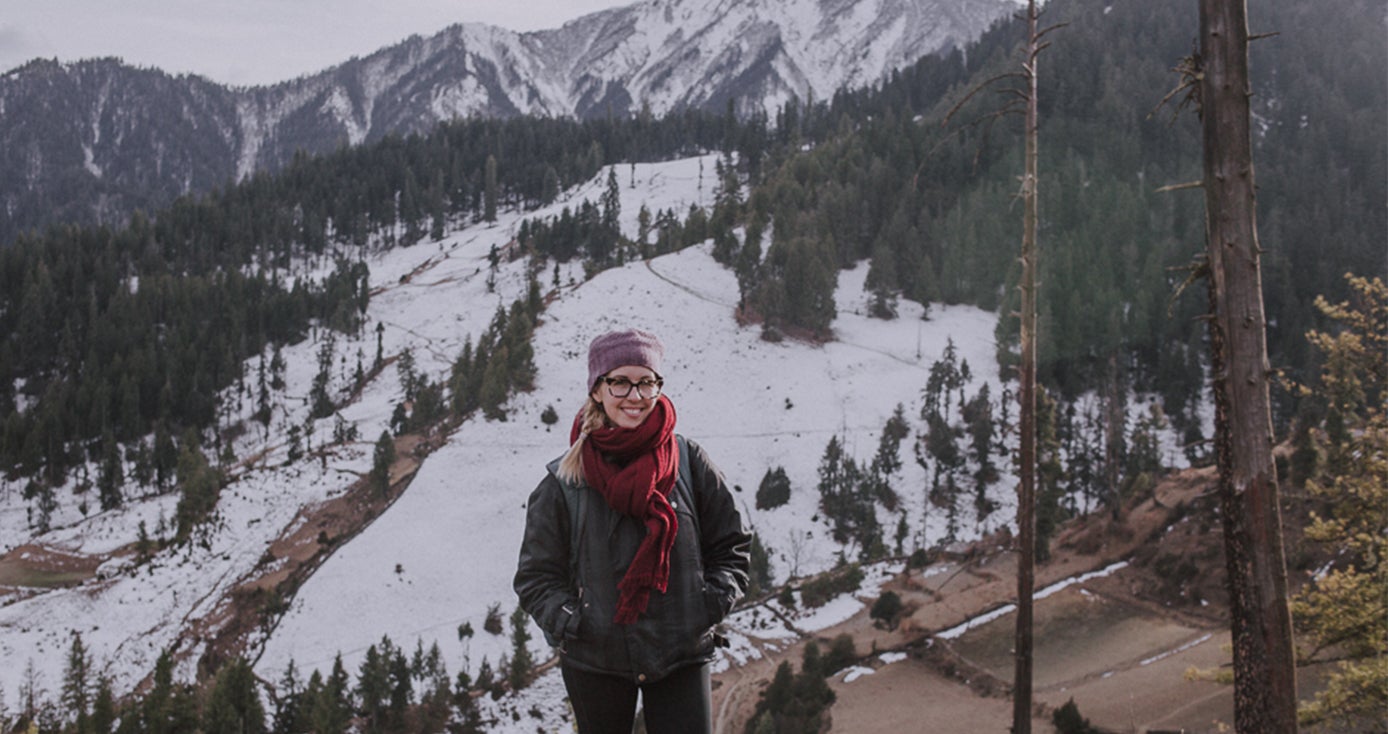
Subscribe to Pittwire Today
Get the most interesting and important stories from the University of Pittsburgh.Watch: Researchers Take Filmmaking to the Health Sciences
In a remote part of western Nepal, doctoral student Sara Baumann (GSPH ’19) found herself braving monsoons and knee-deep snow—a less than ideal study scenario.
But Baumann, now a postdoctoral researcher at the University of Pittsburgh Graduate School of Public Health, wasn’t there for sightseeing or a study abroad program. Instead, she was conducting research in a way seldom used by health scientists.
The resulting study, published in Sage Journals Qualitative Health Research, introduces a new six-step method in public health research called Collaborative Filmmaking, which brings together the disciplines of film and research.
“This process results in detailed, nuanced and sensory knowledge,” Baumann said.
In this case, she and a team of Nepali participants collected data on chhaupadi, an illegal cultural tradition that isolates menstruating women—who are considered “unclean—to huts, basements or livestock sheds.
“We weren’t sure if this was going to work,” said Baumann. “Thankfully, the participants were willing to talk about it.”
The end product was a documentary film that was used by the youth filmmakers and researchers to raise awareness about the nature of traditional menstrual practices in far-west Nepal. The film was also used to raise awareness about traditional menstrual practices among policymakers in the capital, with the aim to inform future policies and interventions for improving women's and girls’ menstrual health.
Forging a new approach
The steps to Collaborative Filmmaking include training participants, filming, preparing the films for analysis, co-analyzing the films with participants individually and in groups, holding a community screening of the films and synthesizing the data.
Baumann said she knew Pitt was the right fit for her studies when she came across the work of Jessica Burke, professor and associate chair in Pitt’s Department of Behavioral and Community Health Sciences, who co-authored the Collaborative Filmmaking study. Burke encouraged Baumann to think innovatively about emerging research methods as her PhD advisor.
“I had done some creative and visual art-based public health research in the past, and she wanted to combine her two backgrounds for her doctoral training,” Burke said. “We learned during our first meeting that we had a lot in common and four years later still really enjoy working together to brainstorm creative public health research projects.”
The two developed the filming process with Pema Lhaki, executive director of the Nepal Fertility Care Center.
Baumann’s interest in film began in high school, where she focused on photography. While studying for her undergraduate degree at the University of Michigan, she volunteered to help on friends’ film sets and eventually worked her way up to becoming a commercial producer for a global shampoo brand.
“I was always interested in global public health, but I also had this creative side that I wanted to explore as well,” she said. “I thought it was fascinating to craft stories and I was drawn to how involved the filmmaking process is.”
Baumann completed her master’s in public health at BRAC University in Bangladesh on a Fulbright scholarship and has also conducted research in India, Thailand, Malaysia and Sri Lanka. Before starting her PhD at Pitt, she was living in Nepal, working for the United Nations World Food Programme. She eventually started her own film company and began creating documentaries and short films for nonprofit organizations around the world with a focus on public health.
After a few years, she wanted to dig deeper and explore the research methodology and theory side of the field.
“That brought me here to Pitt (in 2016), where I was able to dedicate time during my PhD to exploring that intersection of film and public health,” Baumann said.
‘A huge step forward’ for research
When traditional public health studies are published, they’re usually text-heavy and accompanied by graphs and renderings, not video. This is despite video content being part of everyday life.
Baumann and Burke said this is mainly due to factors like logistics and ethics.
“In public health settings, where we’re collecting data in communities, protecting participants is at the forefront of our minds,” Baumann said. “When you’re using filmmaking to capture people’s surroundings, their identities may be exposed and we need to think about what this means for participation. We want to ensure participation is voluntary and the stories that are told and the images that are shared are truly participant-centered. This can be challenging for people who haven’t worked in visuals, but it is not impossible. In our paper, we outline some ethical principles and steps to consider.”
Baumann and Burke said opportunities abound when it comes to filmmaking and health studies. Contextual information related to a participant’s health such as living conditions, air quality, noise pollution and travel time from place to place can all be captured.
“People may describe their surrounding environments to you, but you may miss a lot of the sensory details,” Baumann said.
Burke said this recent development is “a huge step forward” in public health research.
“We have seen other disciplines like sociology and anthropology embrace film more so than public health,” she said. “The fact that we have been able to articulate the steps of Collaborative Filmmaking and illustrate its promise to help us understand those nuances has made us able to share information with audiences in a short amount of time.”
Today, Baumann is researching closer to home. She is leading an effort to better understand mental health needs among youth in Pittsburgh, using the same Collaborative Filmmaking research method. The study is being funded by the Jewish Healthcare Foundation and a Pitt Year of Creativity grant.
“We’re taking the Collaborative Filmmaking method and applying it to different health topics,” Baumann said. “We’re excited about the opportunity.”
Collaborative Filmmaking is registered as an invention through Pitt’s Innovation Institute.



